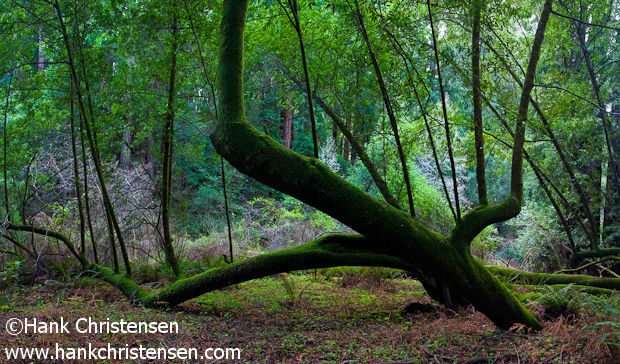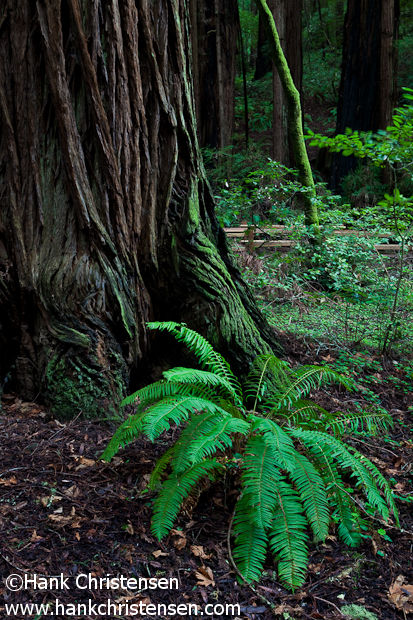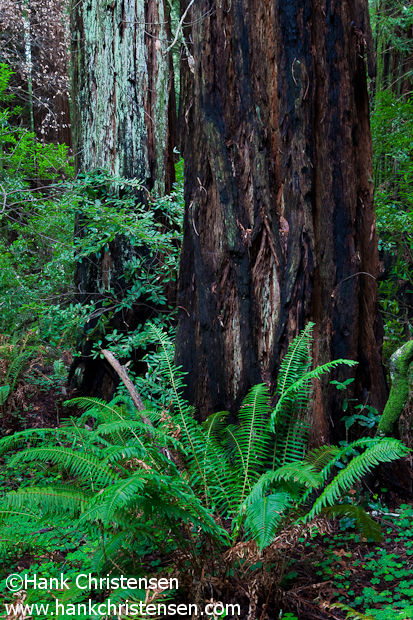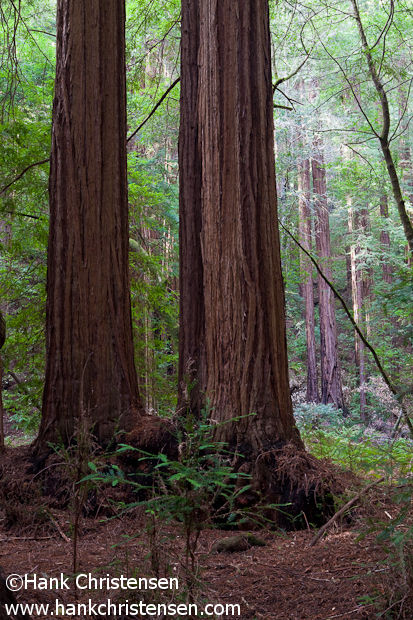
Early this year, I made a very brief stop to Muir Woods National Monument as my wife and I were touring around with an out-of-town guest. I knew that I wanted to come back soon to do some more in-depth photography, and last week I was able to do just that. Armed with a lightweight tripod, a polarized filter, and my 24-70mm zoom lens, I worked my way through the heart of the canyon in which Muir Woods is situated. The day was overcast and slightly drizzling – perfect conditions for forest photography.
The photo above was created from five photos stitched together. I love the tree’s long, gangly branches and the bright green of the moss-covered bark. The way in which the filtered light penetrates the thick canopy above gives the grass and green foliage an almost translucent glow.
Scroll down to see more photos from that day, or click here to see the entire gallery.




